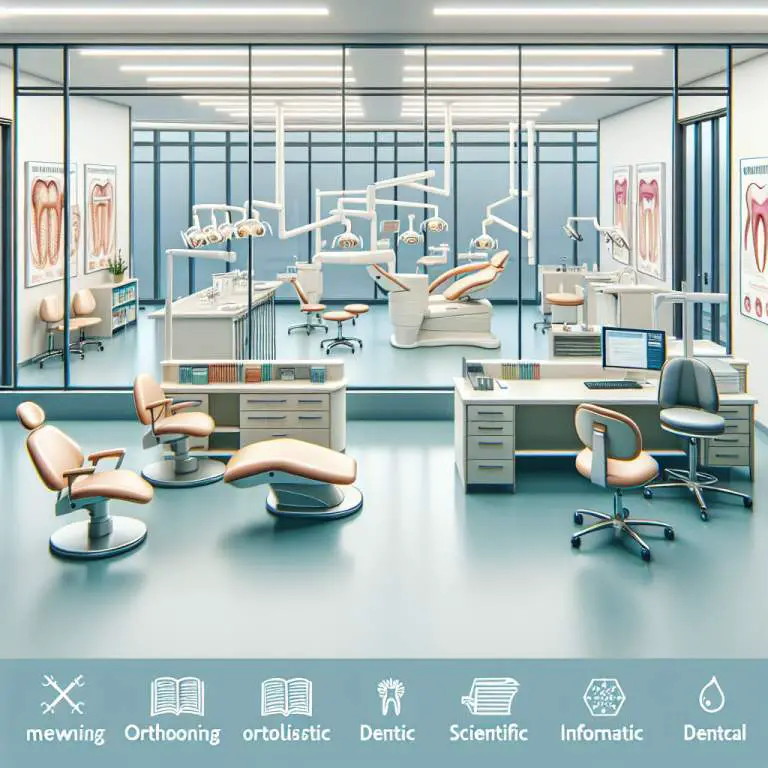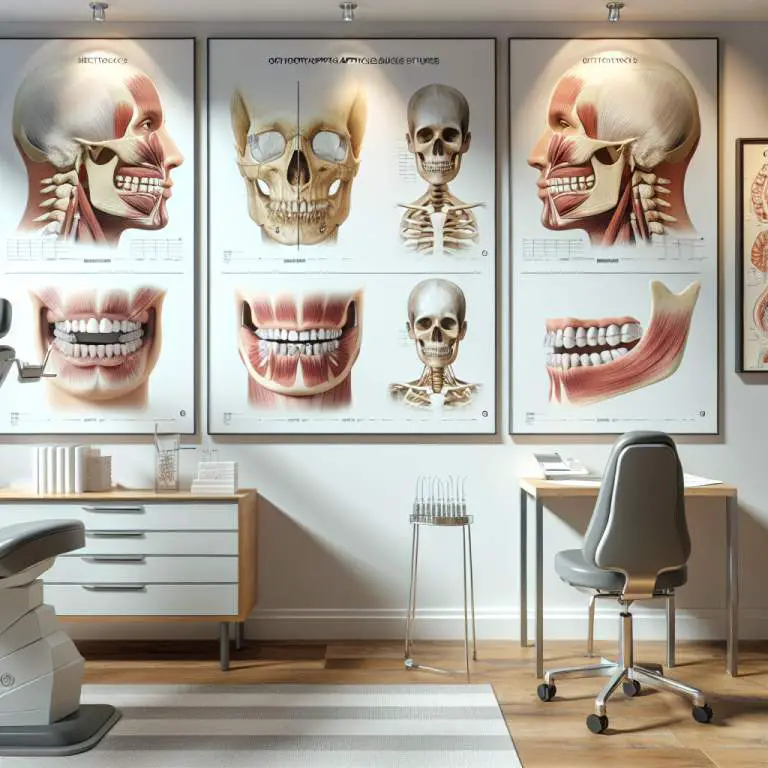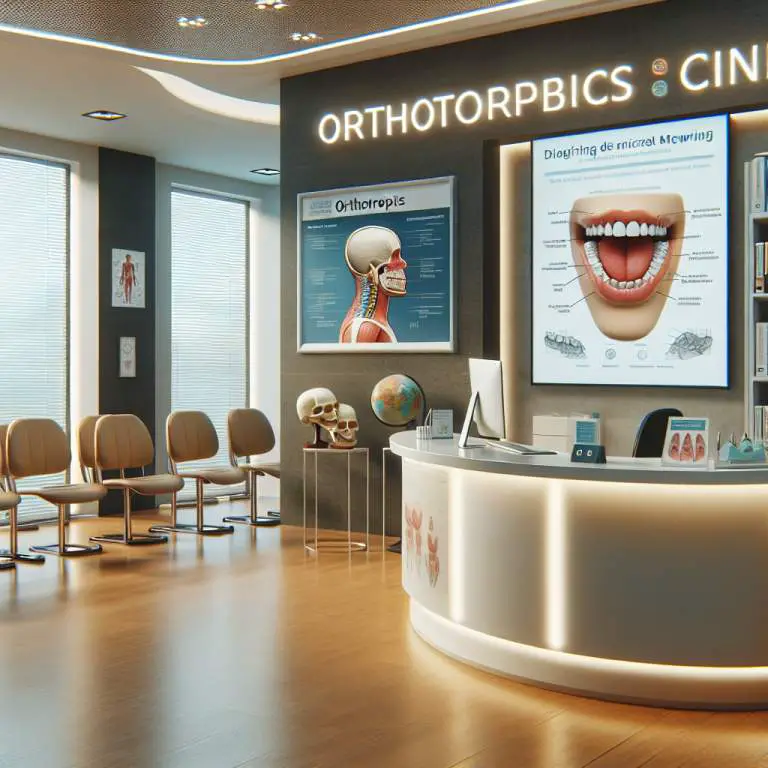What are the biomechanical effects of mewing on the jawline?
Mewing, a technique that involves proper tongue posture, can lead to biomechanical changes in the jawline. By consistently pressing the tongue against the roof of the mouth, mewing may help in reshaping the jawline and aligning teeth over time. This action can also strengthen jaw muscles and potentially improve facial structure by encouraging forward growth of the lower face. However, effects vary among individuals and depend on consistent practice.

How does mewing influence jaw muscle activity?
Mewing is a technique that involves placing the tongue against the roof of the mouth. This action can change how the muscles in your jaw work. When you practice mewing, you’re using your tongue in a way that’s different from what you might be used to. This can make the muscles in your jaw stronger over time.
As these muscles get stronger, they start to work differently. For some people, this means their jaw feels tighter or more firm. It’s like when you exercise any other part of your body; the muscles get stronger and sometimes bigger. So, by mewing, you’re kind of exercising your jaw muscles.
What changes occur in the jawbone structure with consistent mewing?
When someone keeps up with mewing for a long time, it can lead to changes in their jawbone structure. The pressure from pushing your tongue against the roof of your mouth can slowly shape how your jaw grows. This doesn’t happen overnight but can make a difference over months or years.
This change happens because our bones are always adjusting to pressures and forces we put on them. Just like wearing braces can move teeth into new positions, mewing can encourage the lower part of your face to develop differently. Some people notice their chin becomes more pronounced or their jawline looks sharper after sticking with mewing for a while.
Can mewing alter the bite or occlusion, and how?
Mewing has the potential to change someone’s bite, which is how their top and bottom teeth come together. Since mewing involves changing where you rest your tongue and how you use your jaw muscles, it can influence how your teeth line up. If done consistently, this might lead to shifts in tooth position or even affect how well your teeth fit together when you close your mouth.
However, these changes usually take a lot of time and may not be very big. For some people, these adjustments could help improve their bite by encouraging better alignment of their teeth and jaws. But it’s important to remember that everyone’s mouth is different, so what works for one person might not work for another.
Does mewing have an impact on temporomandibular joint function?
The temporomandibular joint (TMJ) connects your jawbone to your skull and lets you open and close your mouth. Mewing might have an effect on this joint because it changes how you use some of the muscles around it. By practicing proper tongue posture through mewing, some people find that they experience less tension or discomfort in their TMJ area.
This relief could be because better muscle balance around the TMJ helps everything work more smoothly together. However, if someone isn’t careful about how they’re mewing or does it too aggressively, they could actually put extra strain on this joint instead of helping it. So while there’s potential for positive effects on TMJ function with careful practice of mewing techniques, there’s also a risk if not done correctly.
| Mechanical Change | Impact on Jaw Structure | Impact on Jaw Function |
|---|---|---|
| Increased Tongue Pressure Against Palate | Potential expansion of the dental arch, improved alignment of teeth | May enhance chewing efficiency and speech clarity |
| Forward Positioning of the Mandible | Promotes a more defined jawline, potential reduction in malocclusion | Improves bite function, may reduce temporomandibular joint (TMJ) stress |
| Strengthening of Masticatory Muscles | Toned muscles contribute to a more aesthetic facial structure | Increases biting force, potentially improving digestion through better mastication of food |
| Better Postural Alignment of Head and Neck | Might alleviate abnormal forces on the jaw due to poor posture | Can lead to reduced pain and discomfort in jaw, neck, and shoulders; improves overall oral function |
| Normalization of Breathing Patterns | Affects facial growth direction positively by promoting nasal breathing over mouth breathing | Enhances oxygen intake efficiency which could indirectly support stamina for prolonged speaking or eating activities |
How does the tongue’s position during mewing affect jaw alignment?
The position of the tongue during mewing plays a crucial role in influencing jaw alignment. When the tongue is pressed against the roof of the mouth, it encourages the upper and lower jaws to align properly. This is because the pressure exerted by the tongue can gradually shift the position of teeth and jawbones over time.
This technique aims to promote a more natural alignment, potentially reducing issues like an overbite or underbite. However, changes do not happen overnight and require consistent practice of proper tongue posture. It’s important for individuals to understand that while mewing may help in minor adjustments, significant misalignments might still require orthodontic intervention.
What are the long-term biomechanical effects of mewing on facial symmetry?
Mewing can have several long-term effects on facial symmetry due to its influence on jaw positioning and muscle engagement. Over time, consistent practice can lead to a more balanced appearance of facial features by promoting symmetrical development of facial muscles and bones. This is particularly noticeable in individuals who start mewing at a younger age when their bones are still growing.
However, it’s essential to note that results can vary widely among individuals based on factors like age, genetics, and adherence to proper technique. While some may experience noticeable improvements in facial symmetry, others might see subtle changes or none at all. The biomechanical alterations brought about by mewing should be approached with realistic expectations regarding outcomes.
Are there any risks associated with altering jaw biomechanics through mewing?
Altering jaw biomechanics through practices like mewing does come with potential risks, especially if done incorrectly or excessively. One concern is that improper tongue posture could lead to uneven pressure distribution across the jaw and teeth, possibly causing misalignment or exacerbating existing dental issues.
Additionally, there’s a risk of developing temporomandibular joint (TMJ) disorders if excessive force is applied or if mewing leads to unnatural positioning of the jaw over extended periods. It’s crucial for individuals interested in trying mewing to research thoroughly and consider consulting with dental professionals to minimize risks associated with altering natural jaw mechanics.
Final Thoughts
Mewing has gained attention as a method for improving facial aesthetics through altering jaw alignment and encouraging symmetrical development. While some advocate for its benefits citing personal success stories, it’s important to approach this practice with caution due to varying results and potential risks involved.
Ultimately, anyone considering mewing as a way to change their facial structure should do so informedly and ideally under professional guidance. Remembering that each person’s anatomy is unique ensures expectations remain realistic about what mewing can achieve in terms of aesthetic enhancements or corrections.







